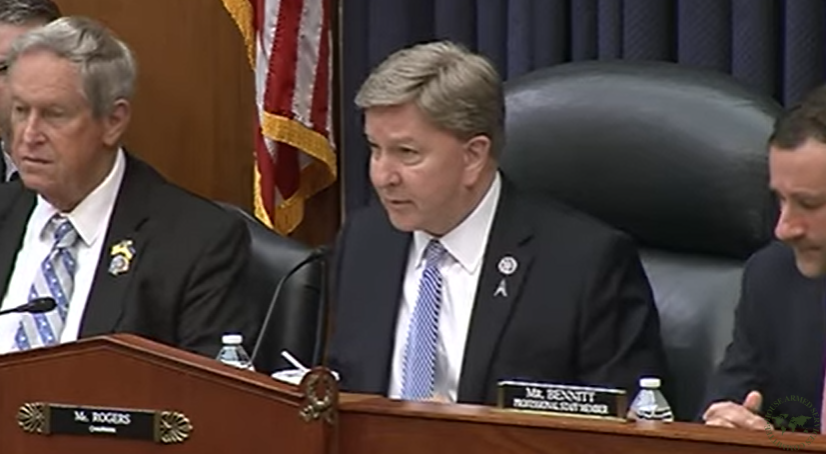U.S. Rep. Mike Rogers (R-Saks) continues to sound the alarm over China’s military buildup.
https://twitter.com/HASCRepublicans/status/1651937662750654467?s=20
Rogers, who chairs the House Armed Services Committee, criticized the Biden administration during a hearing on the Fiscal Year 2024 Navy budget request.
“The President is requesting a 5 percent increase for the Navy and a 3 percent increase for the Marine Corps,” Rogers said. “Unfortunately, with today’s record level of inflation, those increases don’t go very far. We are seeing that very clearly in the request for shipbuilding. The President is seeking to build a paltry 9 battle force ships in FY24. At the same time, he wants to retire 11. Several of these ships have years of service life remaining. These retirements represent a huge loss of capability, especially for the Marine Corps.”
The congressman explained how one of the administration’s requests could put the Marine Corps “at risk.”
“The President plans to slash the number of amphibs by 10 percent,” he said, “leaving the fleet below the statutory floor of 31. We put 31 into law because that’s what the Marine Corps told us was the bare minimum they needed to successfully carry out their mission. Going below that number invites a tremendous amount of risk.”
Rogers said Biden is not taking the Chinese Communist Party threat seriously.
“While this administration dithers, the CCP is rapidly growing and modernizing its navy,” he said. “It already controls the largest navy in the world. Our fleet of 296 ships was eclipsed years ago by a Chinese fleet of over 350 ships. In two short years, the DoD predicts the CCP will control over 400 battle force ships.
“I don’t understand how this administration can conclude reducing the size of our fleet will somehow deter China.”
He also said there needs to be more focus on the “strike fighter gap.”
“Finally, I’m also concerned about the strike fighter gap,” he said. “It’s not forecasted to close until 2031. But that assumes Congress grants the Navy relief from the statutory requirement to field an air wing for each deployed aircraft carrier. I would inform the Navy that it’s highly unlikely we will grant that relief.
“The Navy should focus on mitigating the fighter gap in the short term by accelerating planned upgrades to our existing fighters, especially the F-35s. They should also expedite the fielding of unmanned collaborative drones and pair them with our existing fleet to enhance capabilities. The point is we should be modernizing and expanding our naval capabilities. We absolutely should not be cutting them.”
Rogers concluded that the U.S. needs to better prepared when it comes to protecting the nation from the Chinese government’s provocations.
“Finally, I want to commend the Commandant on the progress he’s making with Force Design 2030,” he said. “Preparing our Marines to be successful in a conflict with the CCP is critically important. Force Design 2030 will do just that.”
Yaffee is a contributing writer to Yellowhammer News and hosts “The Yaffee Program” weekdays 9-11 a.m. on WVNN. You can follow him on Twitter @Yaffee













